The term 'eco-friendly' is all around us. But what does it really mean and how can we make changes in our environment that will have a positive impact on the planet?
Choosing to recycle, use eco-friendly detergents, car share, or walk instead of drive, are of huge benefit. When it comes to replacing your old fence or installing a new one, you can also consider the environmental impact of the material you choose.
Understanding Eco-Friendly Fencing
-
What makes a product eco-friendly? This will be the impact they have on the environment and the wildlife and habitats within it. When it comes to fencing, not only are we creating a boundary that could either keep out wildlife or encourage habitats to grow, but we also affecting the flora surrounding this.
-
Environmental impact - you will come across this term when searching for eco-friendly fencing materials. Aspects involved in the environmental impact of materials include the effect on animal habitats through deforestation, pollution of the air from machinery, and the dumping of waste materials such as plastics into our oceans and landfills.
-
Sustainability - this is concerned more with whether the materials that are used to make the products are those that can be regenerated to offset the process. If the effect on the environment during the resourcing, manufacturing and delivery of a product cannot be offset or maintained, then that particular product and process is not sustainable.
Is Wood Fencing Eco-Friendly?
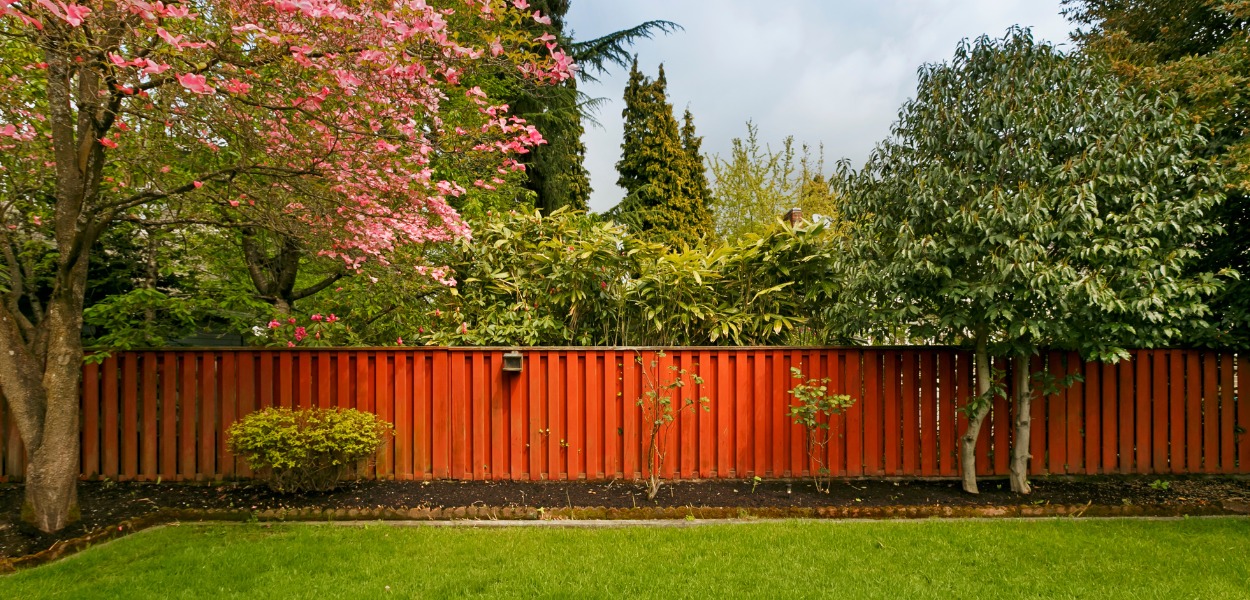
Wood fencing is an eco-friendly option that can utilise ethically harvested timber, such as wood from FSC-certified forests. If your wood fence material has the FSC certification seal of approval you can rest assured that the timber involved in making the fence is sourced without affecting eco-systems and habitats.
It's important to note that some wood types regenerate faster than others, such as bamboo, and this can help reduce any ecological impact.
Environmentally Friendly Fencing Options
Composite Fencing
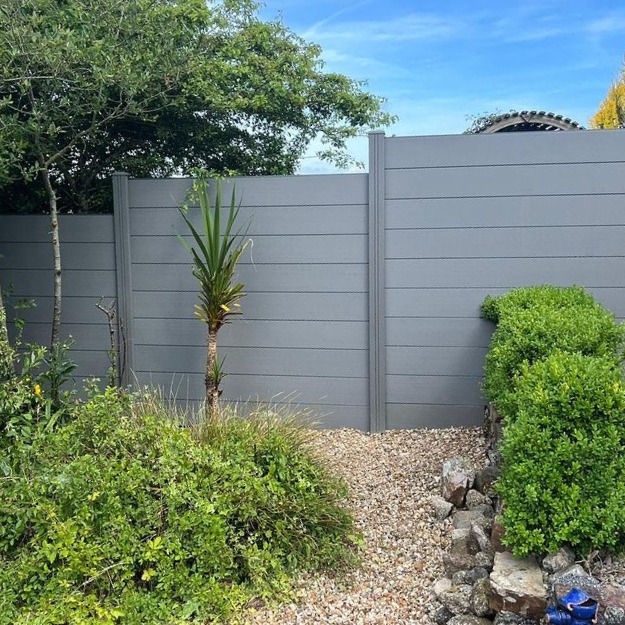
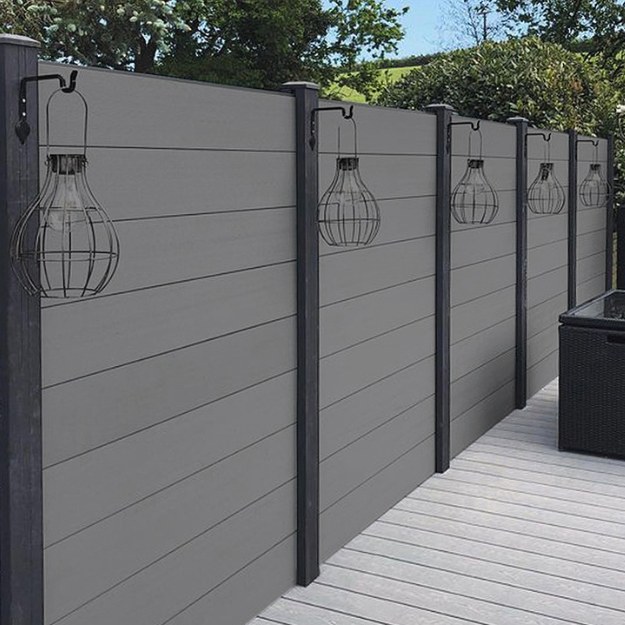
Eco-friendly fencing materials such as composite are extremely low-maintenance and don't require any staining or painting to protect them from the elements.
Composite Fencing is a material that's formed from recycled materials including plastic and recycled wood fibres from FSC (Forest Stewardship Council) certified forests.
Choosing composite fencing materials helps to reduce the otherwise plastic waste from going elsewhere, such as in the ocean or landfill.
This extends the lifespan of the fence, providing resistance to rotting and splintering which is commonly the fate for more traditional timber fencing materials like timber.
Bamboo Fencing
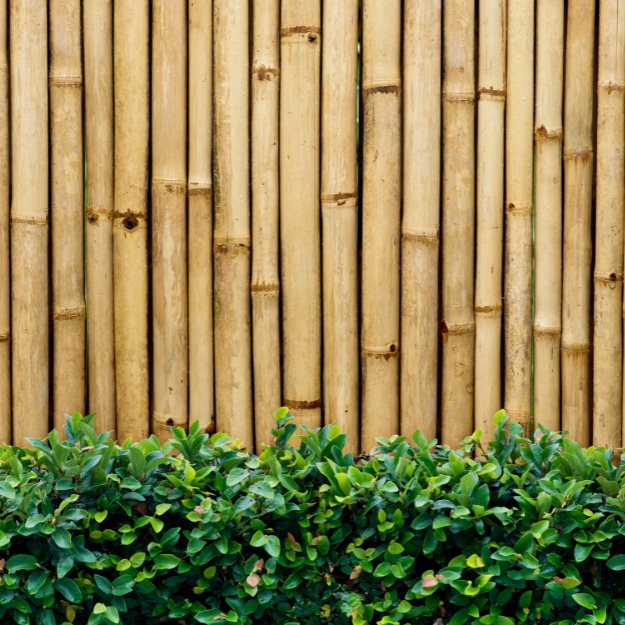
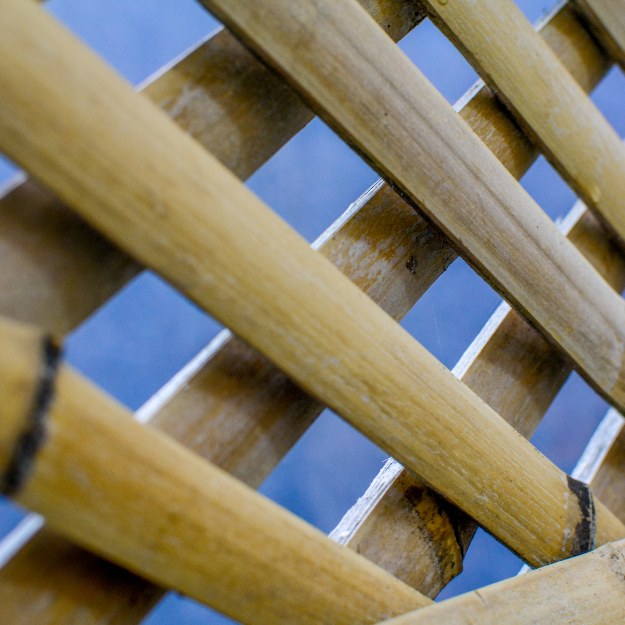
Easy-to-install bamboo fencing materials are another eco-friendly fencing option for creating a tough privacy screen. As an extremely fast growing natural product, too, sustainable materials such as bamboo are a great, eco-friendly option to help improve the safety of your outdoor space.
The natural, wooden look of bamboo fencing is just one great benefit. Other benefits include its durability and quick installation, with bamboo panels supplied in rolls.
Using organic materials helps to promote a natural aesthetic for any garden space. A bamboo fence will also be beneficial for increasing shade or as a wind shield.
Recycled Plastic Fencing
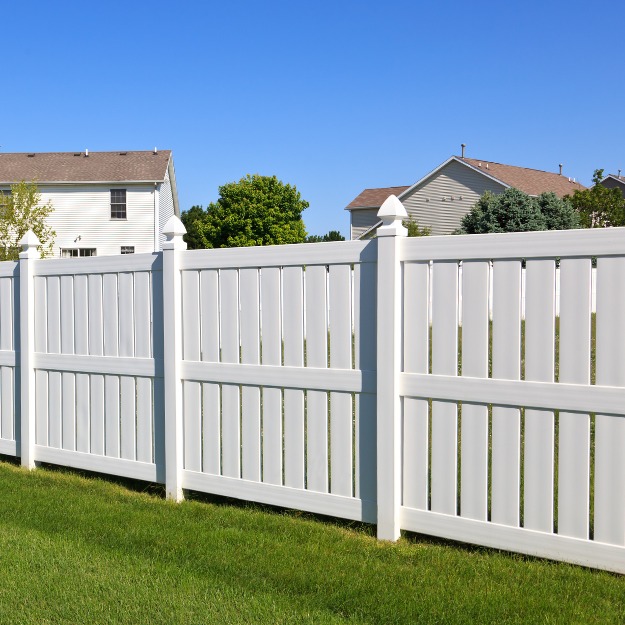
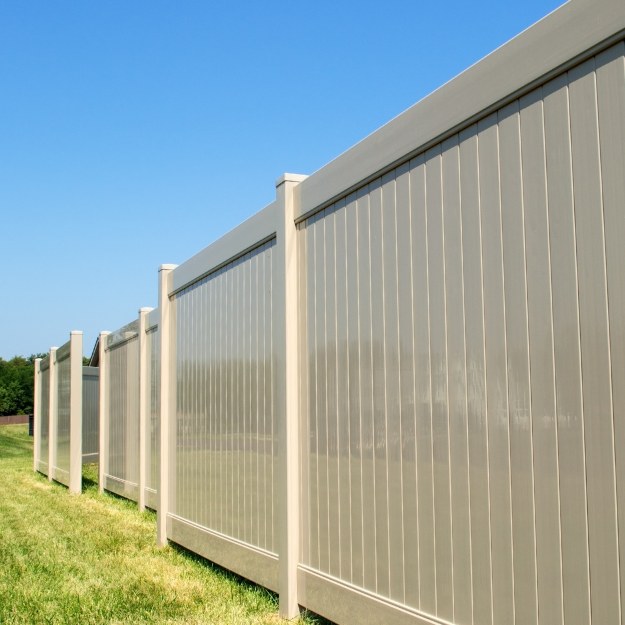
Moving away from more traditional fencing materials, recycled plastic fencing is formed from post-consumer plastics such as containers, plastic bottles, and bottle caps that would have been otherwise destined for landfills.
The advantages that recycled plastic provide is an ultra-resistant material that doesn't rot, splinter, or require maintenance (apart from cleaning when dirty).
Although more expensive on the initial outlay, the environmentally friendly gains from such a material far outweigh the cost.
Living Fences (Hedges)
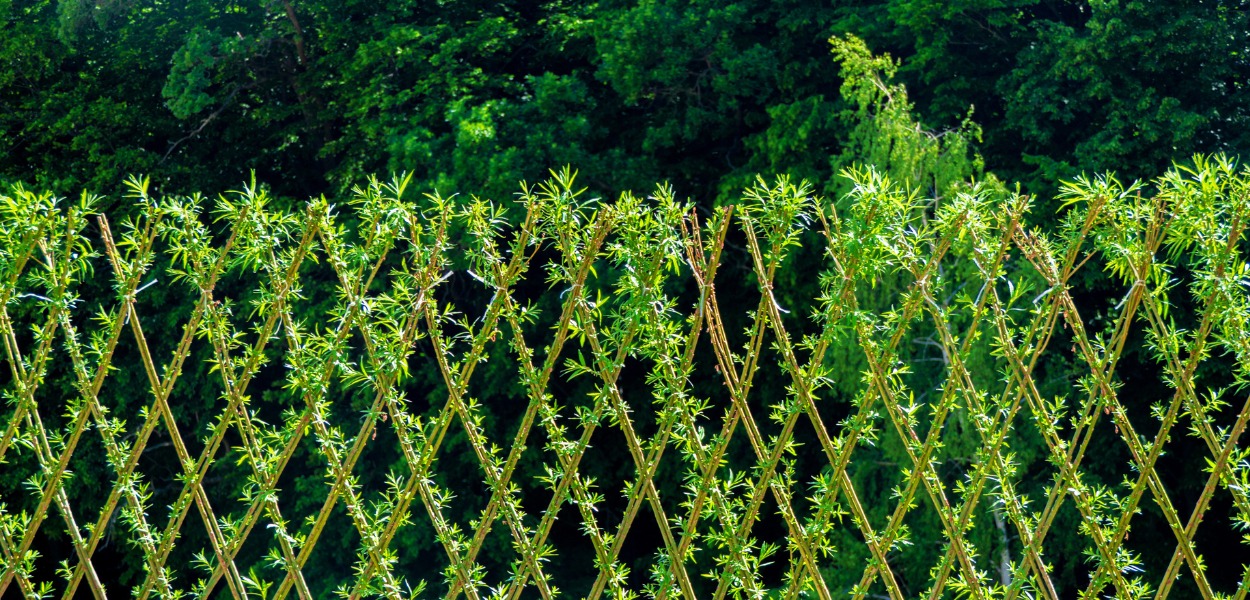
Living fence panels are available as a natural, eco-friendly replacement for constructing a full perimeter. Using a basic supporting frame, leafy plants can grow naturally to create a privacy screen.
Utilising Plant life will provide a visually more appealing boundary and will encourage insects and birds to have as a habitat.
As a cost-effective alternative to manufactured materials, living fences will take a few years to develop so consider choosing a fast-growing, durable plant that will last all year round.
Practical Considerations - Comparison
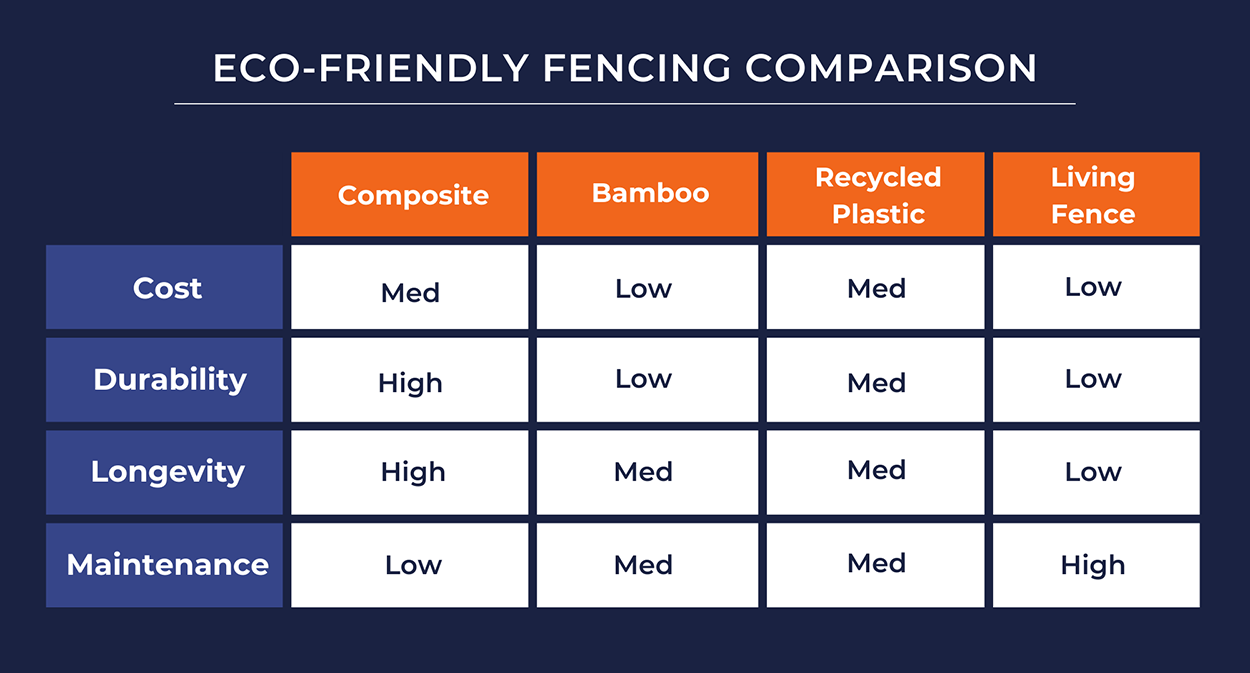
Eco-Friendly Fencing Ideas and Designs
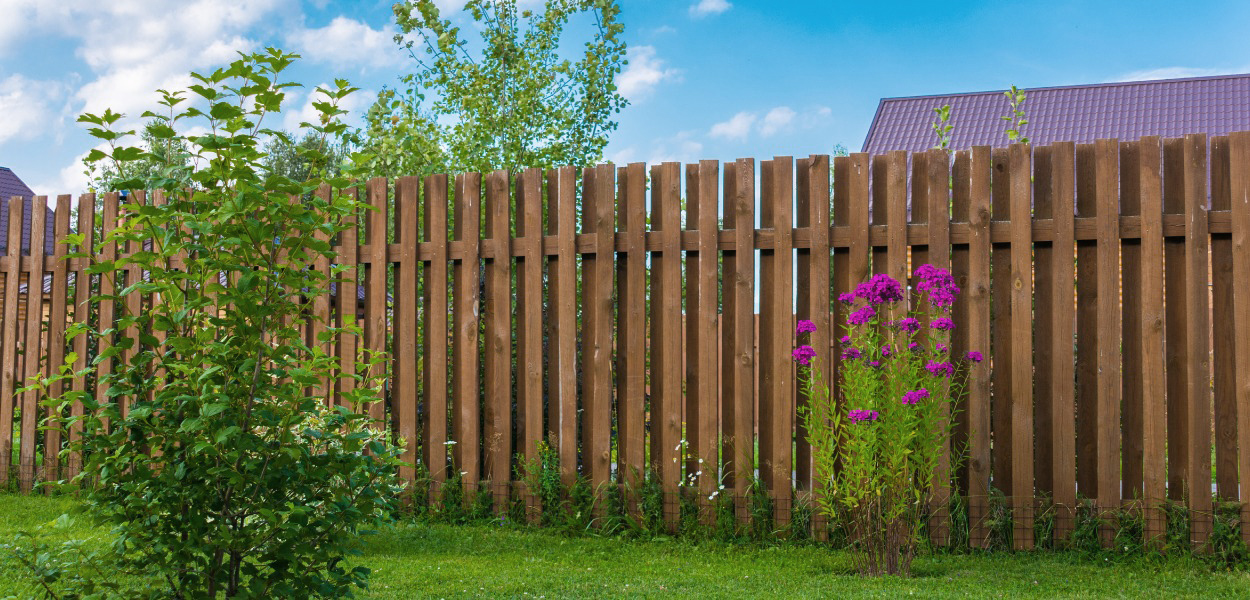
Creating a sustainable, long-lasting fence that provides security as well as being extremely durable in the process, is tricky but worth it. This may require a combination of hard-wearing fencing materials alongside other products that promote a low environmental impact.
Choosing cedar wood as a timber fence option is a popular eco-friendly choice. Creating an offset, slatted design will encourage and allow plant and animal life to grow and move through the fence.
A new composite fence could be used to complement the surroundings and replace less eco-friendly options, such as metal wire mesh fencing, which can be harsh to animals and plant life.
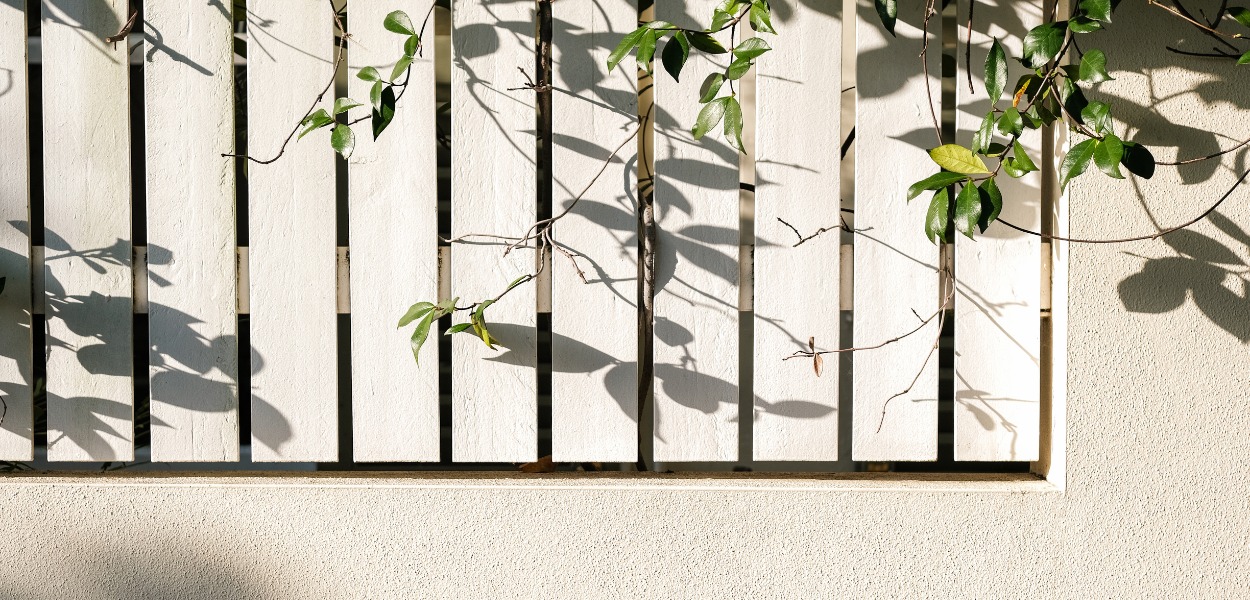
Creating a solid fence design can help to protect larger animals and to separate your garden from their natural habitat. Consider the positioning of a solid fence design, however, as plant life subjected to constant shade will struggle to thrive.
Consumer Tips
How to choose your eco-friendly fence
Choosing traditional wood fences and composite fences that come with the FSC Certified trademark is one way to ensure that you are investing in a greener future.
You may be looking to match your fence with existing garden features, such as cladding, decking or a garden room. Composite fencing is manufactured with a range of colours in the factory, removing the need to paint at home or in the garden and removing the risk of harming the environment.
Installation tips and considerations
Installing a traditional wood garden fence will require digging holes (usually a third of the height of the posts). Consider bamboo fences that will adapt more easily to sloping gardens, reducing the need to dig a level plain.

A living fence will mean installation is minimal and eco-friendly, and can usually be tied to a slimmer wooden frame with smaller posts. Consider making an aesthetically pleasing fence from other natural materials such as bamboo that will blend in with nature.
What is the most environmentally friendly choice?
Composite fences are not only environmentally friendly but also require little to no maintenance, reducing the potential for toxins, paints, or staining liquids to enter the environment.
Next to this, living fences are another great choice for looking after the environment, with plant life and animal life considered. Other options such as bamboo are fast growing and so will replenished quickly.
The Future of Fencing
The rise in renewable resources for garden projects is on the rise, including composite slatted panels for fencing and natural living fences. Providing a balance of privacy and aesthetics, slatted wood fences could become more commonplace.
Considering cost over sustainable options is always a factor, however, investing in a long term wood alternative such as composite will provide a highly sustainable solution.

As more and more companies strive to innovate and develop products with a focus on sustainability and longevity, we can expect a rise in the creation of composite fence technology and the living fence becoming more commonplace.
By utilising recycled plastic products in the manufacturing process for a new fence, this will not only save our planet's trees from deforestation but also reduce the pollution of plastics into our oceans.
One of the best eco-friendly fencing options is timber, providing a renewable resource for gardens. Choosing a natural wood fence will require maintenance.
Metal fencing options will be long lasting, but depending on their design (wired, spiked, mesh) they are not the most environmentally friendly fencing solution and can harm the eco system around your property.
Conclusion
Consider living fences or composite timber fences for your next project. Choosing pre-treated materials to save you from buying and applying chemicals or paint in the garden is a must. For a complete privacy solution, add composite fencing to your shopping list as an eco-friendly option.
Next time you are planning your fence replacement or repair, consider more sustainable fencing materials and where they are sourced from. Matching your garden design can be accomplished with a stylish, durable and matching boundary that can be formed from sustainable materials.
The demand for eco-friendly fencing options using recycled materials is certainly on the rise, with more and more of us looking at ways towards a greener future. Reducing your carbon footprint at home and in the garden goes towards an environmentally friendly future and helps preserve the planet for future generations.
